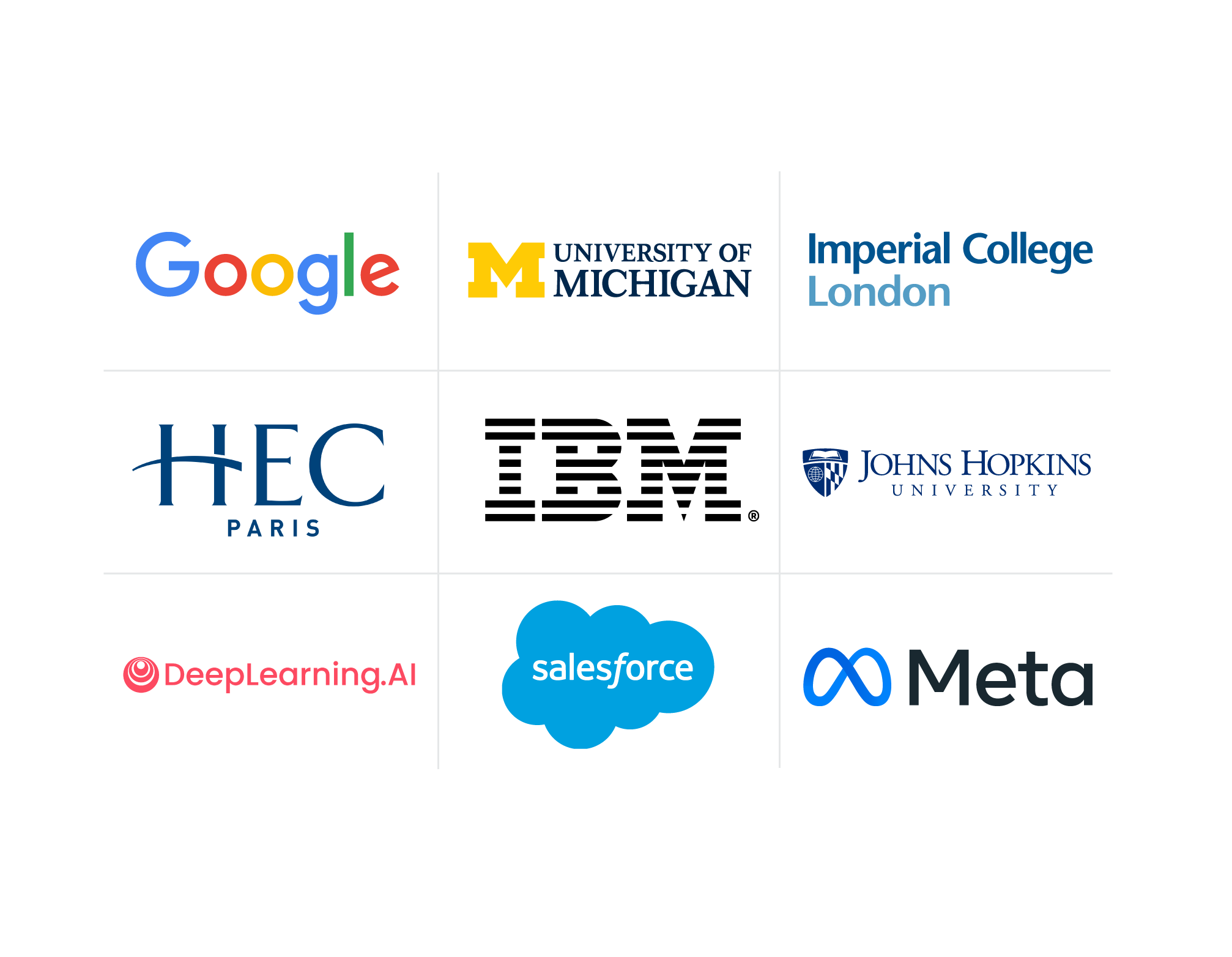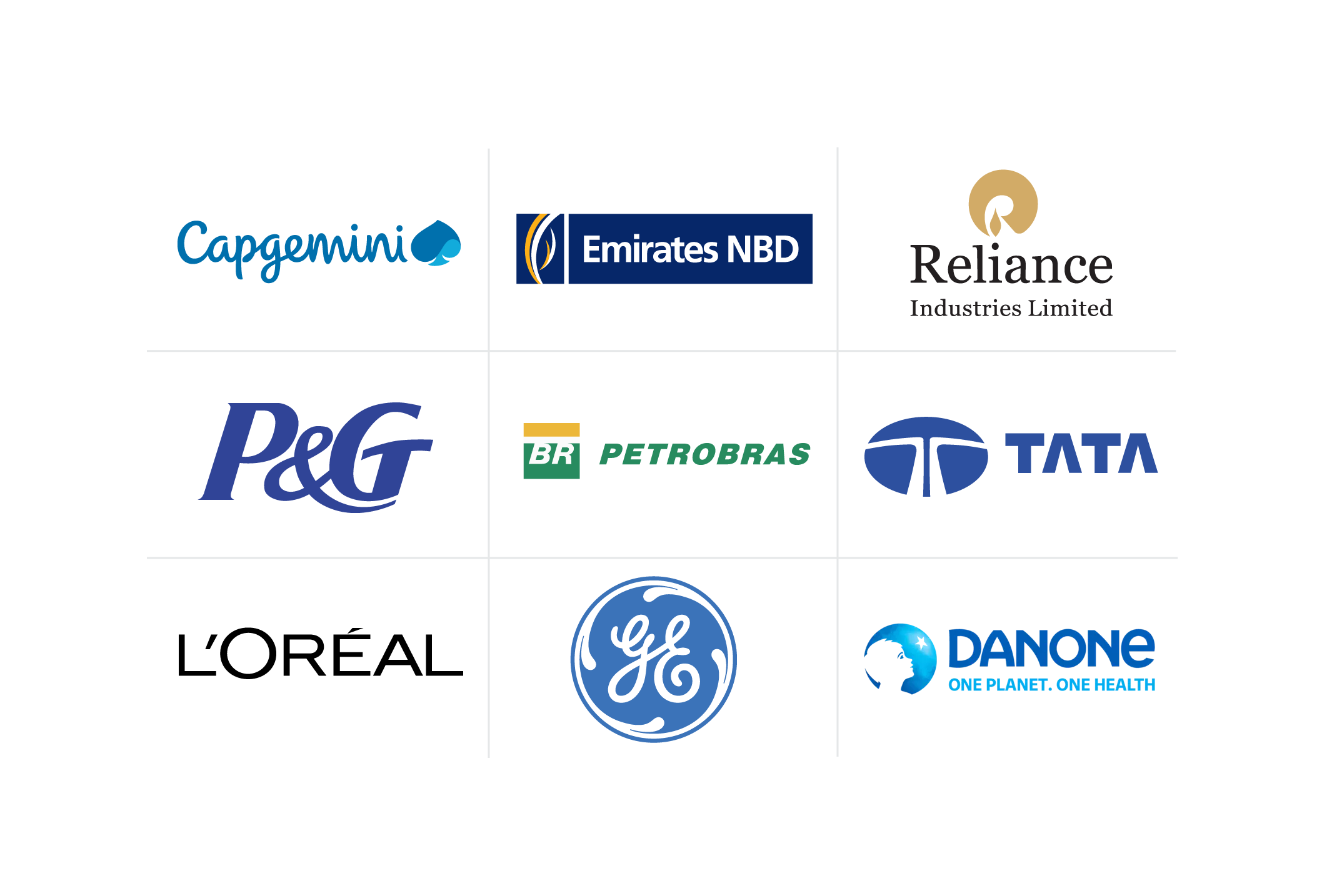Competency-Based Education vs. Outcome-Based Education in Corporate Training
When choosing an instructional model for corporate training, you have two main options: competency-based and outcome-based. Deciding which is right for you can help you design professional development programs best suited to your workforce.
![[Featured image] Group discussing plan on computer monitor](https://d3njjcbhbojbot.cloudfront.net/api/utilities/v1/imageproxy/https://images.ctfassets.net/2pudprfttvy6/vJxpXLt9NYQTEJE3yddp0/434623055acfa5ce3df9acd0801c5896/GettyImages-1339030364.jpg?w=1500&h=680&q=60&fit=fill&f=faces&fm=jpg&fl=progressive&auto=format%2Ccompress&dpr=1&w=1000)
LinkedIn’s 2024 Workplace Learning Report reveals that employee retention is a significant concern among 90 percent of businesses, and offering opportunities for learning and professional development is one of the top strategies to support retention efforts [1]. When choosing educational programs, it’s essential to consider the overall objectives and how you want to measure learners’ success. These elements can help you decide between competency-based versus outcome-based education in your corporate training programs.
Competency-based education (CBE) and outcome-based education (OBE) represent two distinct approaches to learning, each with unique focuses and methodologies. Understanding the differences and applications of these models can significantly impact how you design curricula and approach training within your organization.
Understanding outcome-based education models.
Outcome-based education focuses on helping students achieve specific outcomes that are clearly defined before instruction begins. You can often tie these measurable outcomes to attaining specific grades, completing degrees, or acquiring certifications. OBE focuses on overall learner success, where instruction aims to help the highest proportion of students reach a minimum level of proficiency in the subject matter taught.
OBE was originally designed to ensure quality for educational programs and institutions. This model helps assess the effectiveness of standard curricula and guide updates or adaptations based on a high-level view of learners’ performance. For example, if an institution has a standard biology course structure, administrators may want to know how effectively this program teaches students fundamental concepts. To measure it, they may administer a standardized test at the end of the course and aim for students to average a minimum of 70 percent on the exam overall.
Read more: Fostering a Learning Culture within Your Company: Your 2024 Guide
Outcome-based education in corporate contexts
OBE prioritizes the effectiveness of the teaching process itself, with assessments designed to measure how well students can meet predefined learning objectives. With learning outcomes, you have a clear, measurable assessment with a defined cut-off point that measures whether or not a learner has achieved proficient understanding and mastery of the skill or concept.
Because OBE provides clear metrics for learners' proficiency, you might choose to use it in contexts where you need all learners to reach a certain threshold. For example, you might use an outcomes-based approach to compliance training and other regulatory needs where your workforce must meet clear benchmarks and standards.
Benefits and drawbacks of OBE
To decide whether you should choose OBE, consider the advantages and limitations of this approach to ensure this instruction style meets the needs of your workforce. Consider the following benefits and drawbacks.
Benefits:
Offers clear benchmarks and standards, making measuring program effectiveness for overall learner performance easier
Focuses on aligning educational goals with specific, tangible outcomes, such as the professional capabilities needed for degrees or certification
Drawbacks:
Doesn’t focus on the learner as an individual, focuses on overall instruction efficiency
May lower the standard of proficiency to maximize the number of learners who meet this benchmark

Exploring competency-based education
Competency-based education (CBE) focuses on learner demonstrations of specific skills and abilities they acquire through their educational journey. CBE typically includes exercises where the learner demonstrates their competencies in real-world scenarios, which makes it a great model for working professionals who may have a quick timeline between learning new skills and applying them on the job, or for early career professionals with limited work experience who want tangible evidence of their proficiency with particular skills.
CBE allows learners to advance through a curriculum at their own pace, focusing on mastering each competency at a time. Once they demonstrate mastery of a specific topic, they can move to the next one. This method is particularly effective in addressing individual learning gaps, as it puts the learner in the driver’s seat and allows for repeated practice and assessment until learners achieve mastery. The design of this type of course ties educational efforts to developing and demonstrating specific skills that are valuable and relevant to real-world tasks. Rather than receiving a grade when they answer assessment questions correctly, instructors evaluate students by how well they can tangibly apply the competency to practical situations.
Read more: E-Learning: The Business Case for Your Organization
Competency-based education in corporate contexts
Many companies are adopting CBE frameworks in their training programs to maximize efficiency and enhance learner outcomes. CBE models allow students to move at their own pace, which can be especially beneficial when employees expand their skill set in professional contexts. If an employee has solid background knowledge in the course area, they may move through earlier modules quickly to progress to the advanced concepts. On the other hand, if employees are entirely new to an area, they may take more time reviewing foundational topics and practicing these skills several times before moving on to the next concept.
In many industries, employers are beginning to hire candidates based on their demonstrated competencies rather than their formal education or qualifications. This strategy can help close skills gaps and provides a targeted way for employers to bring in employees based on whether they have the knowledge to perform job responsibilities well. By popularizing CBE in corporate contexts, employees can demonstrate their capabilities in their subject field and personalize their learning journey to their professional role, interests, and lifestyle factors.
Benefits and drawbacks of CBE
To recap, consider the benefits and drawbacks of CBE to determine whether this model is appropriate for the subject matter and employee preferences.
Benefits:
Tailors learning experiences to individual background knowledge and learning needs, enhancing personal development and maximizing efficiency
Focuses on practical applications, making it highly relevant and immediately beneficial for professionals
Increases accessibility by offering a learning environment tailored to learners’ lifestyle factors and time availability
Drawbacks:
Assessments may be subjective, based on what the instructor considers proficient.
Some students may favor traditional, lecture-based learning models.
Learning plans may focus on employer needs rather than long-term learner goals.
Should you choose OBE or CBE?
When deciding between OBE and CBE, consider which instructional design more closely matches what you hope to achieve through your learning initiatives. CBE emphasizes the learner’s achievements, while OBE centers on measurable outcomes such as grades, degree completion, and certifications. Competencies refer to learner knowledge, skills, and behaviors resulting from course completion, whereas outcomes are specific, measurable actions you can use to assess learners’ performance.
In general, CBE aims to improve learning efficiency by identifying learner misunderstandings and helping students enhance their learning and application of the subject. Conversely, OBE prioritizes instructional efficiency to gauge the effectiveness of the overall instructional design and evaluate the number of learners who meet predetermined thresholds. When choosing which method of instruction is right for your team, consider whether you want to focus on individual employee proficiency or ensure your workforce meets an overall minimal standard in a certain knowledge area.
Both CBE and OBE offer valuable frameworks for structuring training programs within your organization. OBE focuses on overall instructional proficiency, while you can personalize CBE to your employees' goals and needs. By choosing the appropriate model based on your specific context and objectives, you can enhance the efficiency and effectiveness of your corporate learning and development initiatives.
Train your workforce with Coursera
Consider partnering with Coursera to offer your employees high-quality training courses and Professional Certificates to enhance their professional skill set at their own pace. Consider Career Academy, a curated catalog of guided tutorials and projects focused on high-value digital skills and tools. You can also explore the multiple academies and programs available on Coursera for Business.
Article sources
1. LinkedIn. “2024 Workplace Learning Report, https://learning.linkedin.com/resources/workplace-learning-report.” Accessed May 3, 2024.
This content has been made available for informational purposes only. Learners are advised to conduct additional research to ensure that courses and other credentials pursued meet their personal, professional, and financial goals.


